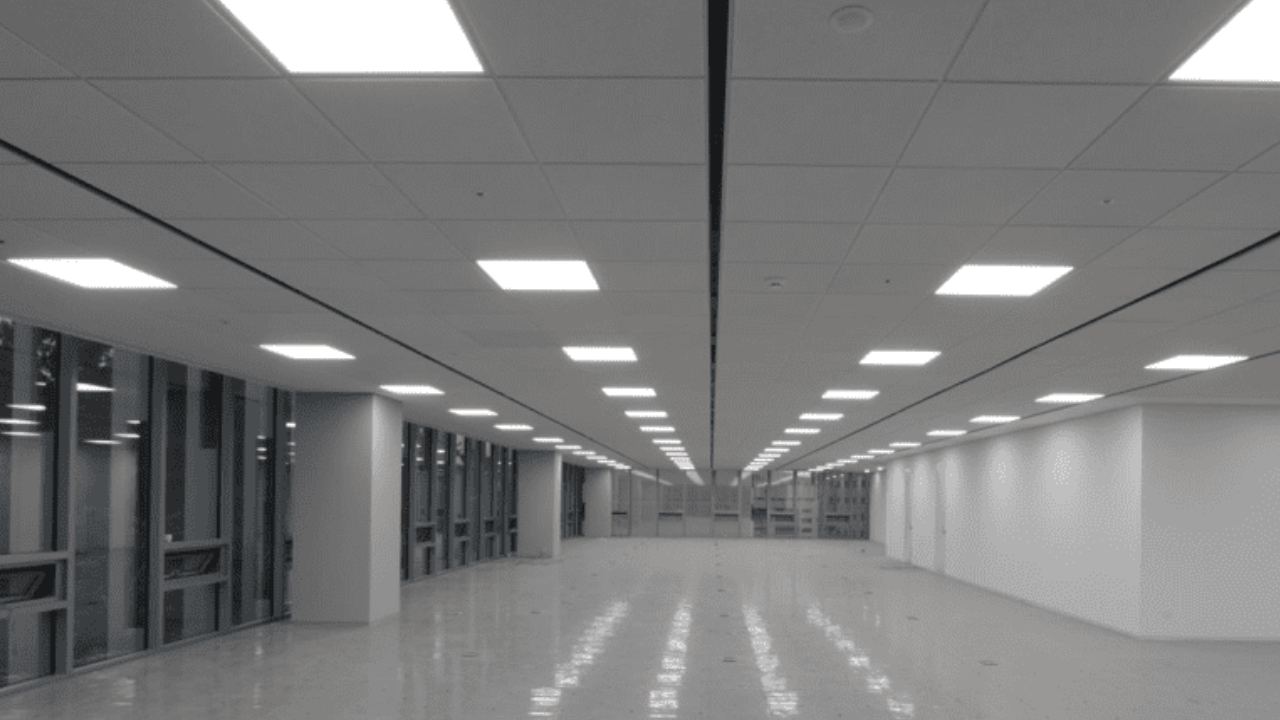Safety considerations during the lighting process are critical to ensuring the well-being of those involved and the general security of the illuminated environments. Handling electrical components, installing fixtures, and performing maintenance operations all pose significant hazards, including electrical shocks, falls, and fire threats. Adherence to safety procedures reduces these hazards, protecting against accidents and injuries.
Proper safety precautions also include environmental issues, such as the proper storage and disposal of lighting components containing hazardous compounds. For more up-to-date information regarding LED lights, visit the website. In essence, prioritizing safety in the lighting process protects both humans and the environment while also ensuring the integrity and sustainability of lighting practices.
The Significance Of Safety Measures In The Lighting Procedure
The world of lighting design, whether in residential, commercial, or industrial contexts, is marked by creativity, innovation, and the pursuit of aesthetic excellence. However, amidst the artistry and technical intricacies of illuminating spaces, the importance of safety precautions cannot be overstated. This article delves into the critical reasons why safety precautions are necessary in the lighting process.
Electrical Hazards
Electrical dangers are one of the key reasons for incorporating safety precautions in the lighting process. Lighting systems, especially those requiring wire and fixtures, are prone to electric shock, short circuits, and fires. To mitigate these dangers and guarantee that lighting installations operate safely, safety measures such as appropriate insulation, grounding, and adherence to electrical codes are required.
Fall Hazards During Installation
Installing lighting fixtures often requires working at elevated heights, introducing the risk of falls. Safety precautions, such as using proper ladders, securing work platforms, and utilizing fall protection equipment, are essential to preventing accidents. By staying grounded safely, individuals involved in the lighting process can reduce the likelihood of injuries associated with falls.
Preventing Accidents
Lighting fixtures vary in shape, size, and weight. Mishandling or dropping fixtures during installation or maintenance increases the risk of injury and damage. Proper lifting techniques, securing fixtures during installation, and adhering to manufacturer handling requirements can all help to minimize accidents and ensure safe lighting fixture installation and maintenance.
Ladder Safety
Working at heights frequently requires the use of ladders. Ladder-related incidents are widespread, highlighting the importance of adequate ladder safety standards. This includes assuring the ladder’s stability, situating it on level ground, keeping a three-point contact, and staying within weight capacity restrictions. Strict adherence to ladder safety requirements reduces the likelihood of falls during the lighting process.
Protecting Against Eye Injuries
Individuals may be exposed to powerful light sources, such as ultraviolet (UV) and infrared (IR) radiation, during the lighting process. Direct exposure to such sources without sufficient eye protection might lead to eye damage. Wearing suitable eye protection, such as safety glasses or goggles, protects individuals from dangerous rays and reduces the risk of eye injuries throughout the lighting process.
Environmental Considerations
Many lighting components, including bulbs and tubes, contain dangerous chemicals such as mercury. Mishandling or incorrect disposal of these components can have serious environmental implications. Following safety requirements for handling and disposing of lighting components reduces potential environmental concerns while harmonizing with responsible and eco-friendly lighting practices.
Fire Hazards
Overheating of lighting fixtures, particularly when utilizing high-intensity bulbs, can cause a fire. To reduce the risk of fires during the lighting process, ensure sufficient ventilation, adhere to established power limitations, and use fixtures optimized for specific bulb types. Regular maintenance to minimize dust accumulation and checks for electrical issues also help to prevent fires.
Electrical Wiring
Electrical wiring is used during the installation and maintenance of lighting systems. Wiring safety considerations include appropriate insulation, avoiding overloading circuits, and securing connections. These safeguards avoid electrical failures such as short circuits or sparks, lowering the danger of fires and ensuring that lighting systems operate safely.
Adherence to Local Codes and Regulations
Local governments set safety laws and codes that serve as a framework for assuring safe lighting practices. Adhering to these standards is both a legal necessity and an ethical responsibility. It guarantees that the lighting process adheres to industry standards, lowering the risk of accidents, injuries, and potential legal implications for noncompliance.
Conclusion
Safety precautions are not just a complementary aspect of the lighting process; they are an integral and indispensable component. From mitigating electrical hazards and preventing falls to ensuring proper handling of lighting fixtures and protecting against environmental consequences, safety measures form the foundation of responsible lighting practices. As technology advances and the lighting industry evolves, a steadfast commitment to safety is essential.

